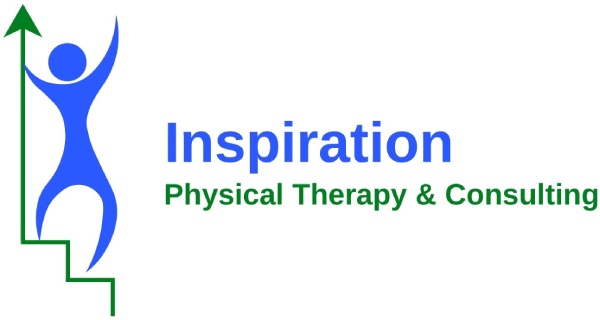Pediatrics
Your kids are the most important thing in the world to you… and they should have comprehensive care delivered by a therapist who cares
- Developmental Delay
- Toe walking
- Torticollis/ Plagiocephaly
- Orthopedic
- Developmental Discoordination Disorder
Pediatric Physical therapy
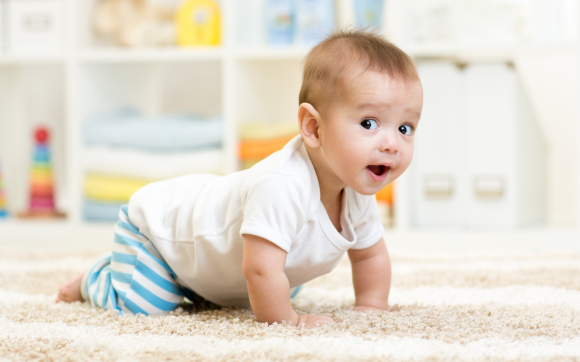
Developmental delay
If your child isn’t reaching their developmental milestones within the expected range, he/she may benefit from Physical Therapy. These milestones may be rolling, crawling, sitting, standing, and walking, or, in an older child, running, jumping, skipping, and galloping. Your PT will look at how your child is moving, listen and discuss your concerns, compare their findings vs developmental guidelines, and then set up a treatment plan for your child if PT is recommended. Pediatric Physical Therapy may look a little different than adult PT, as your PT uses toys and fun activities to facilitate how your child is moving. A vital part of the program will be you reinforcing the strategies at home between sessions; this will help your child develop their coordination and skills faster and easier. The sooner your child starts PT, the easier it will be for him/her to catch up.

Torticollis/ Plagiocephaly
Torticollis is when a muscle in the front of your child’s neck is tight and limits his/her ability to turn his/her head. The sternocleidomastoid (SCM) muscle can get tight in the womb, during, or after childbirth. If torticollis is not treated, then your child may develop plagiocephaly, which is a flat spot on the back of his/her head. Sometimes, your child will be evaluated for a helmet to help with his/her head shape while your PT is helping loosen the muscles. Physical Therapy for torticollis will depend on your child. Still, it may include the PT gently stretching your child’s neck to facilitate your child’s looks to the nonpreferred side through play, including play in different positions to change the forces on the neck. Your PT will discuss positioning techniques with you for sleeping, playing, and modifying your child’s environment to help him/her look to the nonpreferred side. Your PT will also teach you how to safely and gently stretch your child’s neck as appropriate.
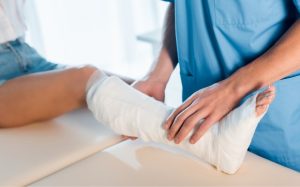
Orthopedic Injuries and broken bones
Children can be injured just like an adult can, including falls, broken bones, overuse injuries, and torn ligaments and tendons. Orthopedic Physical Therapy will vary based on your child’s age, developmental level, and the area of injury. Your PT will either test your child’s strength and range of motion or may watch your child move or not move due to the injury. As your child progresses with PT, it is vital to have parental involvement in the treatment plan and reinforcement at home. For a younger child, PT may involve strengthening and movement through play. For an older child, your PT may set up a program that includes specific exercises and activities to complete in the clinic and at home. You are an important part of your child’s recovery plan.
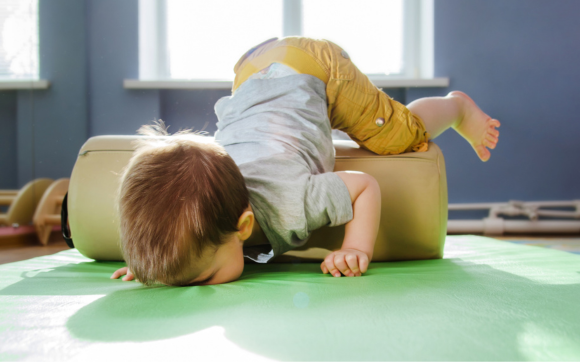
Developmental Coordination Disorder
Developmental Coordination Disorder affects your child’s ability to plan and follow through on tasks and activities due to difficulty with motor planning in the brain and the communication between the brain and the body. It is characterized by difficulties in coordination, balance, gross motor skills, developmental milestones, and/or balance. Your PT will assess your child’s strength and ability to complete age-appropriate activities and then set up a treatment plan to help facilitate the connection between the brain and the body. This treatment plan usually includes strengthening your child’s muscles first and then facilitating complex movements. Your PT will break down complex movements, such as a jumping jack, into parts (arms vs legs). Once your child can coordinate the parts, the treatment will focus on coordinating all the components and parts back into the full, complex activities. You are a vital part of the treatment plan, and you must reinforce the treatment strategies at home that your PT recommends.
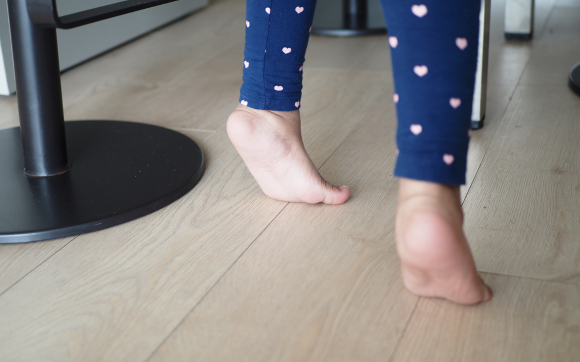
Toe Walking
Toe Walking can have many different causes, including but not limited to tightness in the calf and leg muscles, sensory issues with the foot on the floor, and a breakdown of the communication between the brain and body. Your PT will complete an assessment of your child and help determine which causes are contributing to the toe walking. Your PT will then set up a treatment plan for your child in the clinic and at home. After sessions, it is important to reinforce the strategies that your PT has used during the session to help keep the gains made in PT. An example would be if your child has tightness in their calf muscles, the gastrocnemius, and the soleus. Your PT may stretch these muscles during the session and then complete activities using the new muscle length and flexibility. After the session, it is vital to continue to cue your child to walk on their heels so that the tightness does not return as quickly and for you to stretch your child’s muscles daily to help keep the new length.
